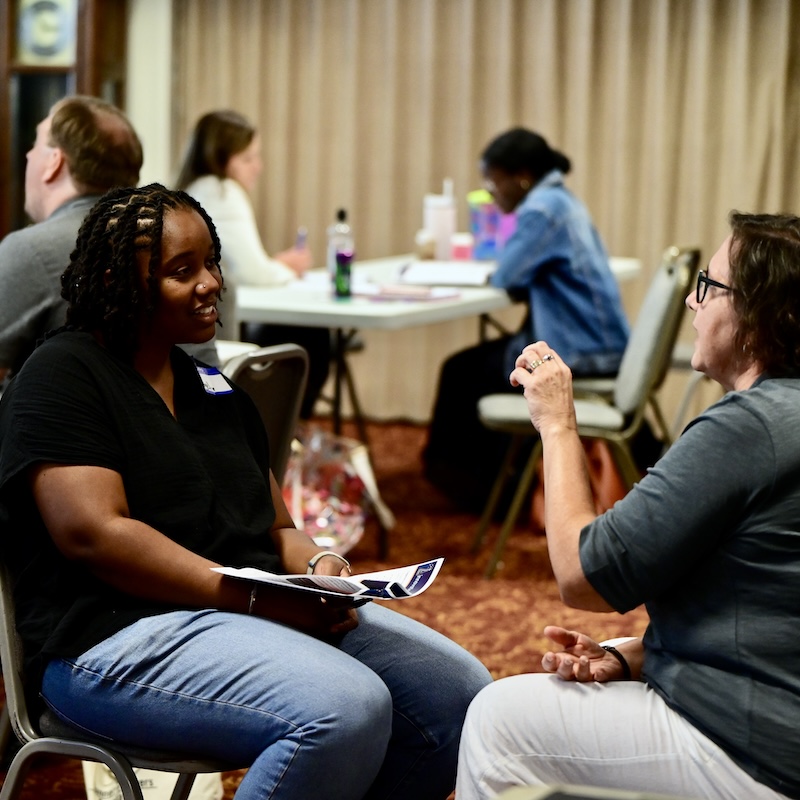
Two weeks ago, I posted a blog on What is the Right Age for Confirmation? After a wonderful week at Hilton Head with my family and a 37 on the front 9 at Arthur Hills only to find out that the fun does begin on the 12th to finish with a 82, I pick back up the subject this week.
What must we teach in confirmation? And what should we always be doing to encourage youth to reconfirm their faith? are two questions we’ll tackle today.
As I have said before our church has a 6th grade semester long process, I was responsible for the youth confirmation for those who missed it in 6th grade or became believers after 6th grade. Our church had been inviting older youth to participate in the 6th grade program.
In 2002, we had an incredible number of older youth participating in our youth group who had not grown up in church. We invited them to be baptized and encouraged them to participate in a 6 week confirmation process.
I’d love to say that I gave it a ton of thought before hand, but really it seemed like an appropriate amount of time to cover the basics. One of the things I firmly believed was that if our youth program was doing its job we were teaching the faith every week. Although I thought these youth needed to spend some time understanding the commitment they were making, I also knew that they would learn the rest by actively participating in our program.
Here are the essentials that I choose to cover:
That’s it. These 6 allow students to explore and answer the traditional questions of the faith. We looked at each topic in creative ways. Students meet with faith mentors to hear from those who have lived out their faith.
In one sense, confirmation is about starting. This process allowed students to start which is the most important step.
CYMT students are taking church history this semester from Ben Conner. As students have been exploring the catechism – the process early Christians went through before baptism. The catechism was a three year process were candidates explored and learned the faith. They were not allowed to participate in the mysteries of the faith until they were baptized into the church. Reflecting again on this process reminded me of the challenges today’s church has in passing on the faith.
Challenges like student interest in the scriptures, parental value on living a life of discipleship, and impacts of socialization that result in Moralistic Therapeutic Deists. We also do not have the ability to extend confirmation for 3 years nor are most of our confirmands converts.
I was reminded that we must do the following things regularly to invite and continue the confirmation process.
Poll Results: The results for the right age to teach confirmation poll are in with 30% of the vote going to 7th, 8th, and 9th grades and 10% going to other (whenever they are ready).
Growing Together? Let me know what you think are confirmation essentials. Want to guest blog send me your confirmation suggestions!



Subscribe to receive a monthly roundup of fresh insights and free tools for senior ministry leaders.